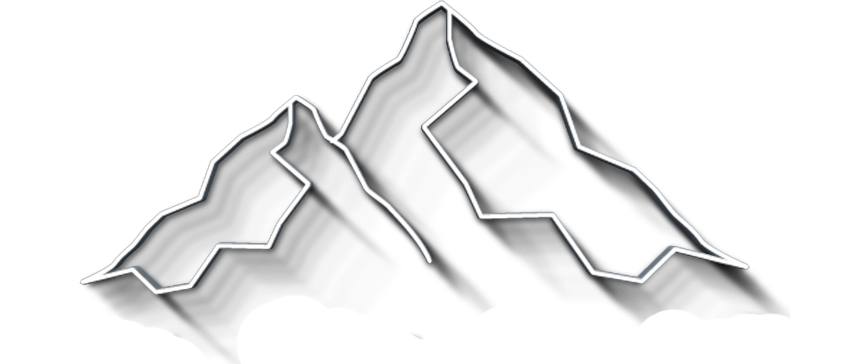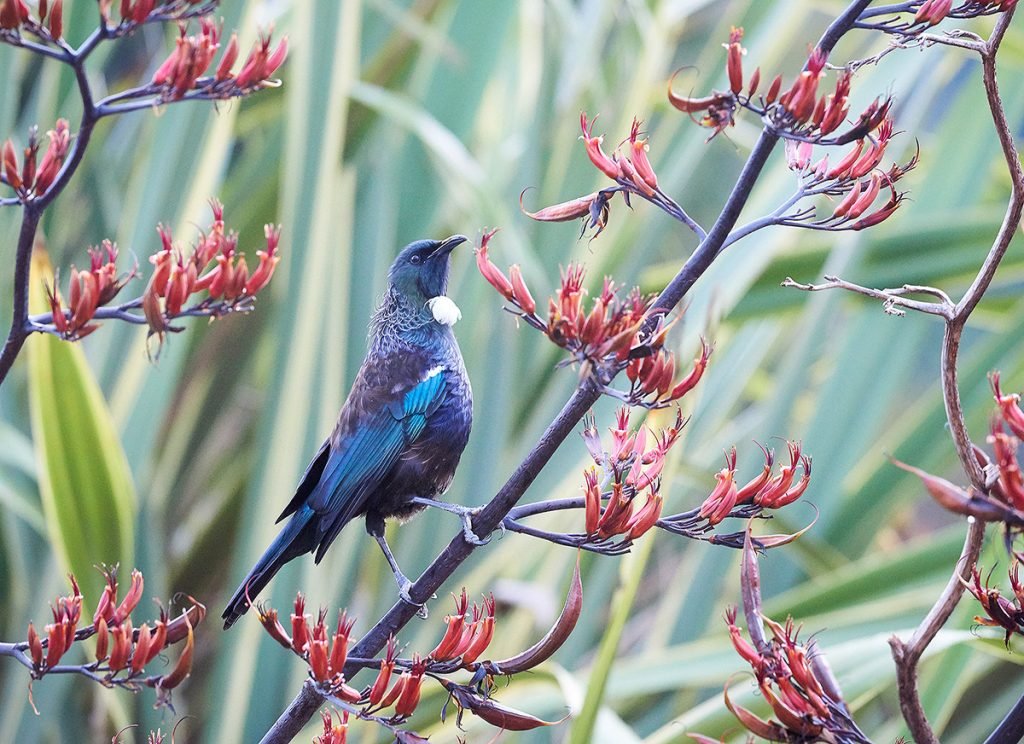Best Settings for Bird Photography
Are you searching for the best bird photography settings because of a bunch of bird photos you took you would never want to see again? Did you take a few seconds to set your exposure, and the bird wasn’t there anymore? Did the bird fly too fast, and the image came out blurry? Did you mess up the composition while trying to keep the bird in the center for faster focus?
Bird photography can seem to be like a lottery at most times. Fret not, I’ll share some of the best ways to nail down bird photography, at least technically.
This genre of photography is a test of both the creative skills and technical skills of the photographer–where specialized equipment and deep patience are needed to take pleasant pictures. Let’s dive into the settings for bird photography right away.
Shoot in RAW
Shooting RAW is a necessity, especially while shooting in a difficult outdoor environment. We don’t even need to debate over the need.
What RAW allows, especially in bird photography, is to cover for exposure errors, remove the need to worry about White Balance, and offer better control over color profile and toning. When shooting JPEG, the photographer not only needs to nail his exposure but also needs to get the correct White Balance. So, once and for all, shoot in RAW and forget about White Balance.
Auto ISO is a Great Friend of Bird Photographers
Auto ISO must always be on. If you are shooting on Shutter Priority Mode, the light isn’t enough, and the Aperture is already wide open, the image will come out underexposed. Auto ISO fixes this problem. You don’t need Auto ISO in natural light, but shooting high speeds requires this insurance. Another sub-setting to use is to cap the maximum ISO at the recommended level as per the camera sensor. For example, for a modern crop-frame camera, we can cap the ISO at 800, 1200, or even 1600, depending on your equipment. The same setting for a full-frame camera would be at 3200 or 6400. The camera will pick the lowest possible ISO value automatically, so the ISO never goes high unless there’s an actual lack of light reaching the sensor.
When to Use Manual Mode, and Why Not to Use Manual Mode
Manual Mode gives you complete control over the photography, especially when Auto ISO is enabled.
Bird photography is all about getting a fast enough shutter speed, so if you don't want to use Manual Mode, I suggest that you use Shutter Priority Mode. Aperture is important to get a smooth background, but the shutter speed is even more important in bird photography.
If you take my advice and shoot in Manual Mode with Auto-ISO, you can set the shutter speed to whatever you need, consider the best aperture to balance getting enough light contra shooting at the sweet spot of the lens, for optimal sharpness. You simply let the ISO fall wherever it needs to.
The reason is simple. I would prefer to get a tack-sharp shot using a higher ISO, than getting a blurry shot with a lower ISO.
You can fix noise from ISO in post-processing. You cannot fix a shot ruined by using too low shutter speed. So you need to control the shutter speed. The aperture is the second priority to ensure you get a little more light or optimal sharpness. ISO is the least of your concerns.
The Best Shutter Speed Settings for Bird Photography
Shutter Speed is the primary differentiator in all forms of wildlife photography. It becomes even more important in bird photography. Birds are quick and unpredictable.
The short answer to what the best shutter speed for bird photography is: As fast as possible, compromising on both ISO and aperture as much as you can afford.
To get images with a better story, you will want to be ready for the action when the bird takes off or attacks another bird. But if you have your camera set up for capturing a portrait of a non-moving bird, you won't be ready that split second later when it takes off.
Coromant taking off - Because of panning while taking this shot, I got away with a slow shutter speed of 1/400s. Only the wings and the water splash are out of focus. Photo by Peter Dam
So I suggest that you take a couple of shots of your subject using these shutter speeds that I suggest below, so you can get peace of mind that you got a good shot of this specific subject.
Next, set yourself up for success to capture the awesome moments in bird photography, by getting the shutter speed as close to 1/4000 as possible. In this way, you are always ready for when the action happens.
Let’s simplify shutter speed settings for bird photography by bracketing a range for it, depending on the type of pose and picture you are taking.
These values provide a good starting point. You also find that the smaller birds are quicker and harder to shoot. Larger birds are easier to shoot, also because of comparatively easier sighting and focusing. The speed of birds also varies based on other factors. Thus, it is important to study your subject before shooting.
Aperture Settings
The aperture is usually wide-open while shooting birds, as the shutter speed can go very high. Usually, even f/4 suffices for shooting birds, as the subject will appear sharp when focused correctly.
It also helps in separating the subject from the foreground, background, and nearby elements.
If you want to capture more of the environment, you need to stop down the aperture. Also, if you know that the sweet spot of your lens is around f/8 then use that instead, but make sure that the subject is well separated from the background so you still get a non-disturbing background, if possible.
Back-Button Focus
The center focus point is the most accurate, especially when shooting tiny birds. It can provide fast and accurate results. However, if i.e. grass comes in the way, you might accidentally focus on this instead when half-pressing the shutter button to focus. Back-button focus eliminates the half-shutter button focusing issue of accidentally refocusing while clicking the picture. It also makes it easier to compose, since it locks the focus. Panning and follow-focus are also much easier with back button focus than compared to the half-pressing shutter button method.
Metering Mode
Use Matrix or Evaluative Metering Mode as your default. If you have a scene with high contrast, you can switch to spot metering, to tell the camera, which part of the scene you want to expose for. This will likely be your subject.
Exposure Compensation
You might need to use exposure compensation as well, especially with black or white birds at close distances.
The camera’s metering makes the subject mid-tone gray, or 18% gray. For example, a white bird and a blackbird will both appear gray. For white subjects, thus, you need a positive exposure compensation, and for dark subjects, a negative exposure compensation.
Exposure is quite important in bird photography as the minor details, especially of the white and black birds, will not come out clearly if the exposure is incorrect.
That being said, I often use the exposure compensation at -1 or -2 stops to purposely underexpose the image to get a higher shutter speed.
Use the Histogram as Your Support
Keep the histogram on while shooting and inspect the images. Clipping is a real problem where you can permanently lose details from an image through overexposed highlight areas or underexposed dark areas. A histogram lets you see in real-time how much clipping is occurring, and you can prevent the same by exposure compensation at the turn of a dial. Another option is the ‘highlight clipping’ setting in some cameras that marks the areas where clipping has occurred, or you lose the details.
Concluding words
With the right base settings and a few adjustments, you’ll be able to achieve more as a bird photographer. The key is to lock bird photography’s best settings as per the bird, shot requirement, and situation, and then spend your focus on composing and shooting.
Try not to complicate photography and go for a manual mode with auto-ISO, and the shutter speed as fast as you can get unless doing a panning motion shot.





